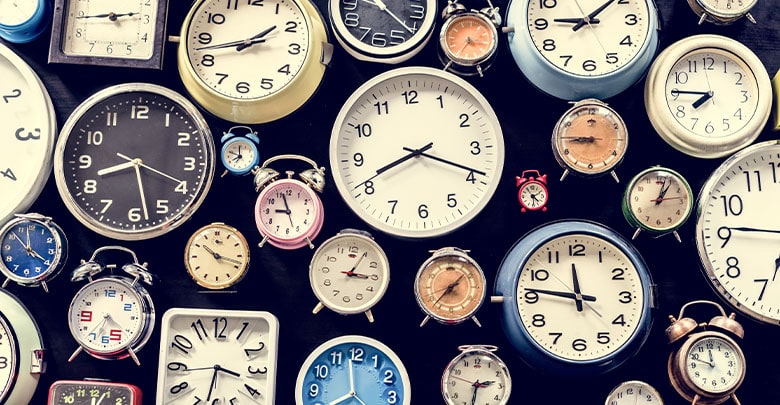A1c Tip: Focus on One Part of the Day
Improving your A1c requires specific plans, and it is more effective if you focus on one part of the day at a time

Frustrated with an A1c that never seems to budge? Never seems to get down below your goal of 8.0 or 7.0 percent?
It’s easy to think the best option is to strive for “better” blood sugars all day long. But gee-whiz, where the heck are you supposed to start if you’re looking at all 24 hours at the same time?
It’s too big. Too vague. Too many variables. Too impossible to invest energy and effort into managing all of those variables every day, all the time in an effort to fine-tune your insulin doses and improve your blood sugars.
Instead, choose one part of the day to focus on. Let’s take a closer look.
Improve morning blood sugars
By choosing just morning, for example, you can look at a window of 5 a.m. until before you eat lunch (let’s call it 11:59 a.m.).
This means assessing your insulin doses around:
- Fasting blood sugar (keep reading!)
- Dawn phenomenon
- Coffee/caffeine
- Breakfast insulin-to-carb ratio
- Morning exercise
- Morning background insulin needs
- Post-breakfast blood sugars
If you can tackle these variables, one at a time, you’ll inevitably improve your blood sugars during this specific chunk of the day, which will set you up for success in improving your afternoon blood sugars, too!
Improve afternoon blood sugars
By focusing just on your afternoon blood sugars next, you can look at the window of time between when you eat lunch (let’s call it 12 p.m.) until 5 p.m.
This means assessing your insulin needs around:
- Lunch insulin-to-carb ratio
- Lunchbreak walk around your office
- Post-lunch blood sugars
- Afternoon background insulin needs
If you’re consistently high every day at 2:30 p.m., this tells you loud and clear that you aren’t getting enough insulin at lunch. But if you’re in-range two hours after lunch, but high by 5 p.m., this tells you that you may not be getting enough background insulin.
If you eat a late-afternoon snack and are often high right before dinner, this tells you that you may not be getting enough insulin with that mid-afternoon snack.
Different times of day call for different insulin-to-carbohydrate ratios.
Improve evening blood sugars
Well, you guessed it: this one is about your blood sugars between 6 p.m. and bedtime.
- Dinnertime insulin
- Post-dinner blood sugars
- Late-night food habits
- Stress-eating after work
Do you have a habit of not eating enough during the day and then eating 2,000 calories in one sitting as soon as you get home?
This will make for very difficult blood sugars. So many calories at once — how could you possibly cover it accurately with insulin and go to bed with in-range blood sugars? Half of what you ate is probably still being digested!
Late-night binge-eating is common, destroys your BG plans, and it’s dangerous to consume so much of your day’s carbs just before you sleep
This evening blood sugar range is an opportunity for many people to take a look at what your eating habits are like because what you eat before midnight is definitely going to impact your blood sugar by the time you wake up. There’s just no way around it.
Speaking of which, let’s end on your fasting blood sugar.
Improve your fasting blood sugar
Your fasting blood sugar is the blood sugar level you wake up in the morning when it’s been at least 6 to 8 hours since your last meal.
This blood sugar level starts your day! If you’re frequently waking up at over 200 mg/dL, that means you’re starting your day off already feeling defeated in the daily battle of you vs. diabetes management.
By improving that fasting blood sugar level, you’ll inevitably be focusing on:
- What you eat in the hours before bed
- Sleep habits
- Late-night food habits
- Dinnertime insulin doses
- Post-dinner insulin doses
- Overnight insulin doses
- Dawn phenomenon
Personally, I need 1 unit of insulin immediately when I wake-up in the morning. I check blood sugar, and even if I’m at a steady 90 mg/dL, I know I need 1 unit to cover those dawn phenomenon hormones that strike the second I get out of bed.
Looking more closely at each part of the day helps set yourself up for success. It feels good mentally and physically to wake-up in your goal range.